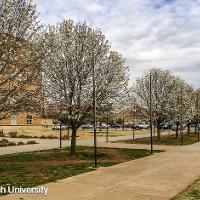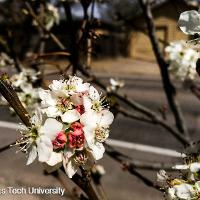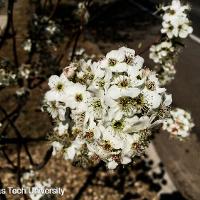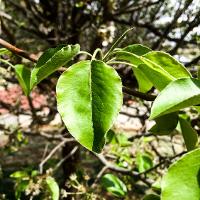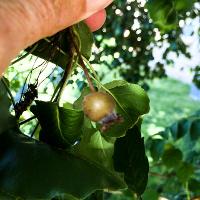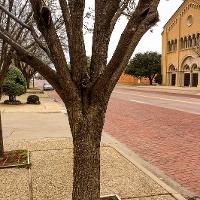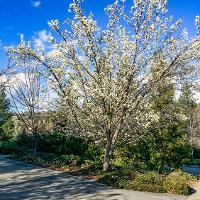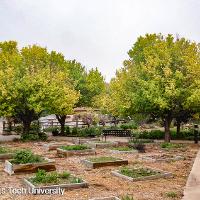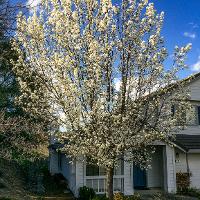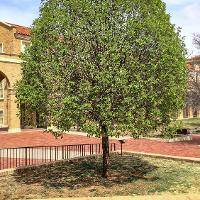Bradford Pear
Pyrus calleryana ‘Bradford’
Deciduous-Trees
Bradford pear can be a beautiful tree, but it has many problems.
(Detailed plant information can be found at the bottom of the page.)
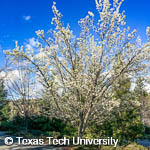
Pyrus calleryana ‘Bradford’ Photo Gallery
Pyrus calleryana ‘Bradford’ Plant Information
| Classification | |
|---|---|
| Scientific Name: | Pyrus calleryana ‘Bradford' |
| Common Name: | Bradford pear |
| Family: | Rosaceae |
| Suggested Uses: | parking lots, specimen, street, park tree |
| Characteristics | |
| Plant Form: | medium tree; rounded, pyramidal form |
| Height: | 25 - 30 feet tall |
| Foliage: | alternate, simple, and deciduous dark green in Summer and can turn red in Fall |
| Flower: | small, white flowers in corymbs before leaves very malodorous |
| Bloom Period: | mid-Spring |
| Fruit: | small pome |
| Bark: | lightly ridged and furrowed |
| Environment | |
| Sun: | full sun |
| Water: | some drought tolerance |
| USDA Zone: | zones 5 - 8 |
| Care | |
| Maintenance: | small crotch angles lead to broken limbs as the tree ages most trees will live 15 to 20 years and then begin to fall apart |
| Pests & Pathology: | fireblight (Erwinia amylovora) is a challenge in climates with high humidity |
| Additional Notes: | somewhat pollution tolerant over-planted in many areas, and now being replaced by other P. calleryana cultivars; ‘Chanticleer', ‘Aristocrat', and ‘Redspire' are thought to be more quality cultivars |
TTU Plant Resources
-
Address
Texas Tech University, Department of Plant and Soil Science, Box 42122, Lubbock, TX 79409 -
Phone
806.742.2838 -
Email
Melanie.Jackson@ttu.edu

